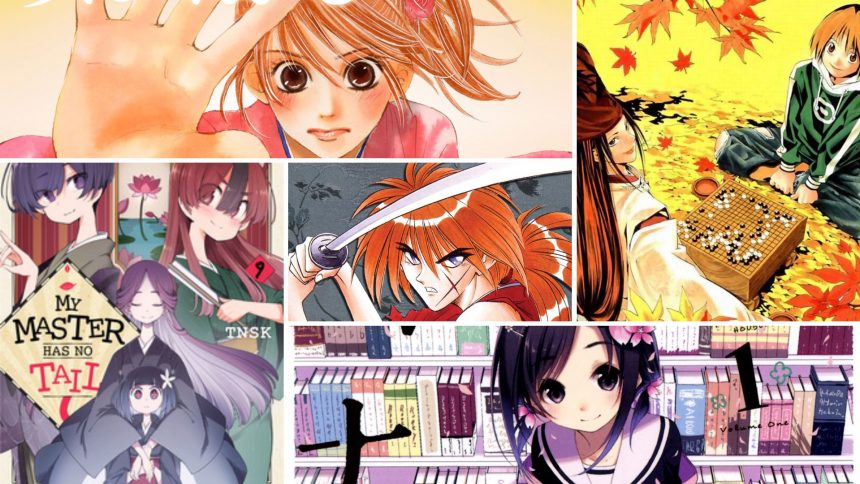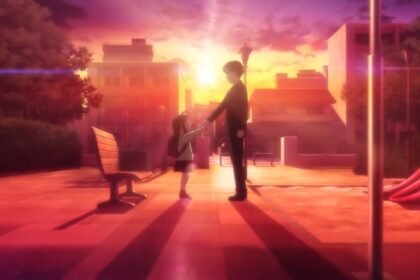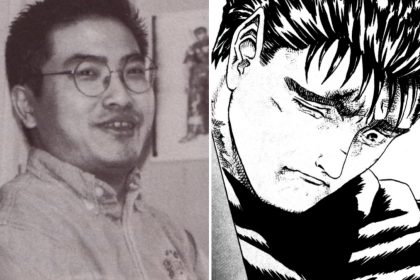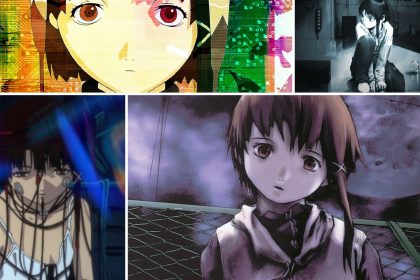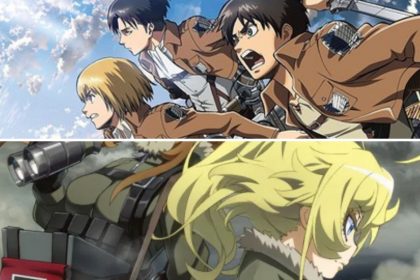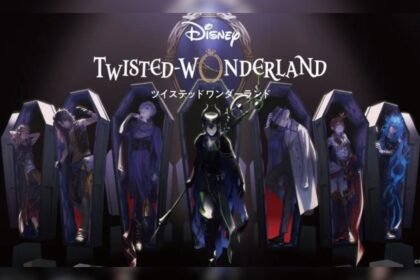traditional japanese artManga, the iconic Japanese comic art form, has captivated readers worldwide with its unique storytelling style and visually stunning illustrations. While manga has evolved over the years, it remains deeply rooted in traditional Japanese art forms, drawing inspiration from centuries-old practices. In this article, we will explore the profound influence of traditional Japanese art in manga, showcasing how these art forms have shaped its visual aesthetics and narrative techniques.
The Art of Ukiyo-e
Ukiyo-e, which translates to “pictures of the floating world,” emerged during the Edo period in Japan. This art form depicted scenes from everyday life, encompassing a wide range of subjects such as landscapes, historical tales, and portraits of beautiful women. Ukiyo-e prints were mass-produced using woodblock printing techniques, making them accessible to a broader audience. The influence of Ukiyo-e in manga is evident in its visual storytelling. Manga often captures the essence of daily life, portraying intricate details and vibrant characters, much like Ukiyo-e prints did.
The Aesthetics of Traditional Japanese Art Zen Buddhism
Zen Buddhism, with its emphasis on simplicity, mindfulness, and tranquility, has had a profound impact on Japanese culture. Zen aesthetics, known as Wabi-sabi, embody imperfection and impermanence, appreciating the beauty in simplicity. These principles find their way into manga’s composition and atmosphere. Manga panels often utilize negative space and minimalistic backgrounds, allowing readers to focus on the characters and their emotions. The Zen influence can also be seen in the peaceful and reflective moments depicted in manga, capturing the essence of Zen gardens and meditation.
Further Readings: Influence of Japanese Traditional Storytelling Culture to Anime and Manga
The Elegance of Sumi-e Traditional Japanese Art
Sumi-e, the art of ink wash painting, emphasizes brushwork, fluidity, and harmony. It employs minimal colors, relying primarily on shades of black ink to create stunning and evocative imagery. Manga artists have embraced the techniques of Sumi-e, especially in character design and linework. The bold, sweeping brushstrokes seen in Sumi-e paintings are reflected in the dynamic and expressive lines that bring manga characters to life. The careful balance between light and dark, achieved through ink washes in Sumi-e, is mirrored in the shading and contrast employed in manga illustrations.
The Intricacy of Woodblock Prints
Woodblock Prints, known as Ukiyo-e, played a significant role in Japanese art history. Woodblock Prints depicted a wide range of subjects with remarkable detail and precision. Manga draws inspiration from Woodblock Prints, particularly in its panel layout and visual impact. Just as Woodblock Prints utilized multiple frames to tell a story within a single print, manga employs panel-to-panel transitions to create a seamless narrative flow, engaging readers with each turn of the page.
The Dramatic Kabuki Theatre
Kabuki Theatre, with its vibrant costumes, exaggerated facial expressions, and dynamic movements, has captured the hearts of audiences for centuries. Manga borrows elements from Kabuki Theatre, infusing its visual storytelling with dramatic flair. Characters in manga often exhibit exaggerated facial expressions to convey emotions vividly, much like the actors on a Kabuki stage. The dynamic action sequences in manga draw inspiration from Kabuki’s choreographed fight scenes, creating a sense of excitement and theatricality that immerses readers in the story.
Conclusion
The influence of traditional Japanese art forms in manga is undeniable. Ukiyo-e, with its depictions of everyday life and beauty, laid the foundation for manga’s visual storytelling. Zen aesthetics brought simplicity and tranquility to manga’s composition and atmosphere. Sumi-e techniques added elegance and fluidity to character design and linework. Woodblock Prints influenced manga’s panel layout and visual impact. And the dramatic elements of Kabuki Theatre brought excitement and theatricality to manga’s storytelling.
As readers delve into the world of manga, they are unknowingly experiencing the rich artistic heritage of Japan. The integration of traditional Japanese art forms in manga not only pays homage to the country’s cultural legacy but also enhances the visual and narrative depth of the medium. The seamless fusion of these art forms creates a captivating and immersive reading experience that continues to captivate audiences worldwide.
So, the next time you pick up a manga, take a moment to appreciate the subtle influences of Ukiyo-e. The tranquility of Zen aesthetics, the elegance of Sumi-e, the intricacy of Woodblock Prints, and the dramatic flair of Kabuki Theatre. Let the artistry of traditional Japanese art guide you through the vibrant and imaginative world of manga.







